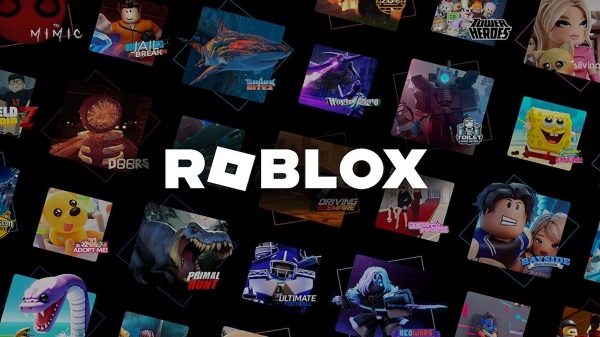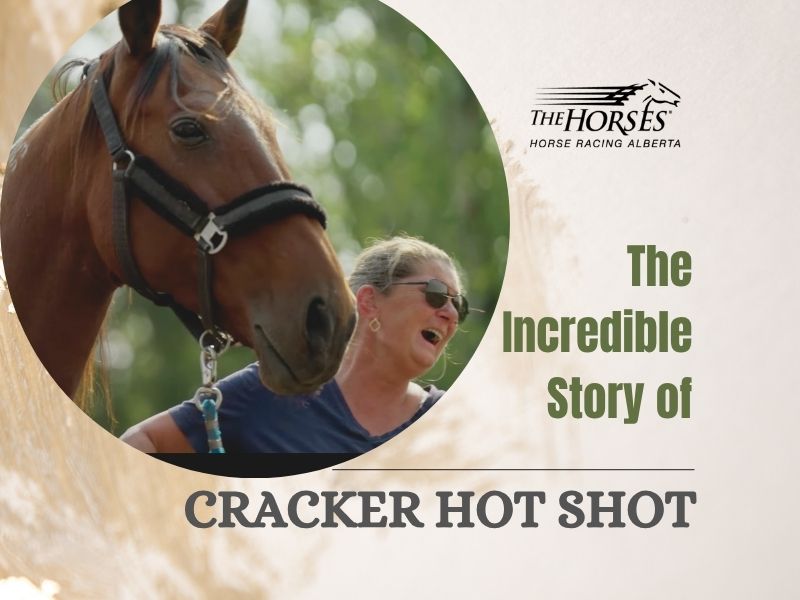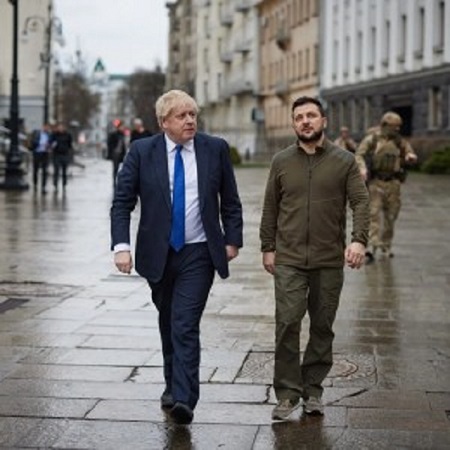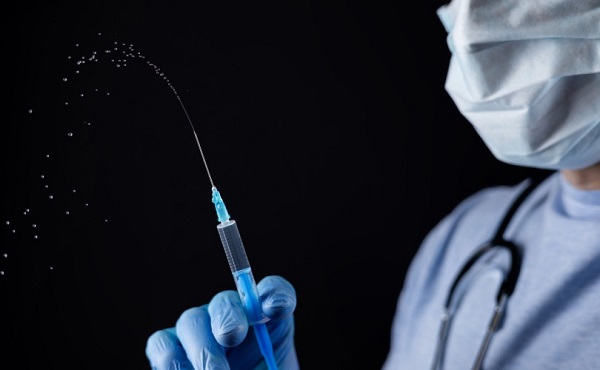Digital ID
The End of Online Anonymity? Australia’s New Law Pushes Digital ID for Everyone To Ban Kids From Social Media

|
Australia is gearing up to roll out some of the world’s strictest social media rules, with Parliament having pushed through legislation to bar anyone under 16 from creating accounts on platforms like Facebook, Instagram, Snapchat, and TikTok. It’s a sweeping measure but, as the ink dries, the questions are piling up.
Prime Minister Anthony Albanese’s Labor government and the opposition teamed up on Thursday to pass the new restrictions with bipartisan enthusiasm. And why not? Opinion polls show a whopping 77% of Australians are behind the idea. Protecting kids online is an easy sell which is why it’s often used to usher in the most draconian of laws. Still, the devil—as always—is in the details. Proof of Age, But at What Cost? |
 |
|
Here’s the crux of the new law: to use social media, Australians will need to prove they’re old enough. That means showing ID, effectively ending the anonymity that’s long been a feature (or flaw, depending on your perspective) of the online experience. In theory, this makes sense—keeping kids out of online spaces designed for adults is hardly controversial. But in practice, it’s like using a sledgehammer to crack a walnut.
For one, there’s no clear blueprint for how this will work. Will social media platforms require passports and birth certificates at sign-up? Who’s going to handle and secure this flood of personal information? The government hasn’t offered much clarity and, until it does, the logistics look shaky. And then there’s the matter of enforcement. Teenagers are famously tech-savvy, and history has shown that banning them from a platform is more of a speed bump than a roadblock. With VPNs, fake IDs, and alternate accounts already standard fare for navigating internet restrictions, how effective can this law really be? The Hasty Debate |
 |
|
Critics on both sides of Parliament flagged concerns about the speed with which this legislation moved forward. But the Albanese government pressed ahead, arguing that urgent action was needed to protect young people. Their opponents in the Liberal-National coalition, not wanting to appear soft on tech regulation, fell in line. The result? A law that feels more like a political statement than a well-thought-out policy.
There’s no denying the appeal of bold action on Big Tech. Headlines about online predators and harmful content make it easy to rally public support. But there’s a fine line between decisive governance and reactionary policymaking. Big Questions, Few Answers The most glaring issue is privacy. Forcing users to hand over ID to access social media opens up a Pandora’s box of security concerns. Centralizing sensitive personal data creates a tempting target for hackers, and Australia’s track record with large-scale data breaches isn’t exactly reassuring. There’s also the question of what happens when kids inevitably find workarounds. Locking them out of mainstream platforms doesn’t mean they’ll stop using the internet—it just pushes them into less regulated, potentially more harmful digital spaces. Is that really a win for online safety? A Global Watch Party Australia’s bold move is already drawing attention from abroad. Governments worldwide are grappling with how to regulate social media, and this legislation could set a precedent. But whether it becomes a model for others or a cautionary tale remains to be seen. For now, the Albanese government has delivered a strong message: protecting children online is a priority. But the lack of clear answers about enforcement and privacy leaves the impression that this is a solution in search of a strategy. All on the Platforms Under the new social media law, the responsibility for enforcement doesn’t rest with the government, but with the very companies it targets. Platforms like Facebook, TikTok, and Instagram will be tasked with ensuring no Australian under 16 manages to slip through the digital gates. If they fail? They’ll face fines of up to A$50 million (about $32.4 million USD). That’s a steep price for failing to solve a problem the government itself hasn’t figured out how to address. The legislation offers little in the way of specifics, leaving tech giants to essentially guess how they’re supposed to pull off this feat. The law vaguely mentions taking “reasonable steps” to verify age but skips the critical part: defining what “reasonable” means. The Industry Pushback Tech companies, predictably, are not thrilled. Meta, in its submission to a Senate inquiry, called the law “rushed” and out of touch with the current limitations of age-verification technology. “The social media ban overlooks the practical reality of age assurance technology,” Meta argued. Translation? The tools to make this work either don’t exist or aren’t reliable enough to enforce at scale. X didn’t hold back either. The platform warned of potential misuse of the sweeping powers the legislation grants to the minister for communications. X CEO Linda Yaccarino’s team even raised concerns that these powers could be used to curb free speech — another way of saying that regulating who gets to log on could quickly evolve into regulating what they’re allowed to say. And it’s not just the tech companies pushing back. The Human Rights Law Centre questioned the lawfulness of the bill, highlighting how it opens the door to intrusive data collection while offering no safeguards against abuse. Promises, Assurances, and Ambiguities The government insists it won’t force people to hand over passports, licenses, or tap into the contentious new digital ID system to prove their age. But here’s the catch: there’s nothing in the current law explicitly preventing that, either. The government is effectively asking Australians to trust that these measures won’t lead to broader surveillance—even as the legislation creates the infrastructure to make it possible. This uncertainty was laid bare during the bill’s rushed four-hour review. Liberal National Senator Matt Canavan pressed for clarity, and while the Coalition managed to extract a promise for amendments preventing platforms from demanding IDs outright, it still feels like a band-aid on an otherwise sprawling mess. A Law in Search of a Strategy Part of the problem is that the government itself doesn’t seem entirely sure how this law will work. A trial of age-assurance technology is planned for mid-2025—long after the law is expected to take effect. The communications minister, Michelle Rowland, will ultimately decide what enforcement methods apply to which platforms, wielding what critics describe as “expansive” and potentially unchecked authority. It’s a power dynamic that brings to mind a comment from Rowland’s predecessor, Stephen Conroy, who once bragged about his ability to make telecommunications companies “wear red underpants on [their] head” if he so desired. Tech companies now face the unenviable task of interpreting a vague law while bracing for whatever decisions the minister might make in the future. The list of platforms affected by the law is another moving target. Government officials have dropped hints in interviews—YouTube, for example, might not make the cut—but these decisions will ultimately be left to the minister. This pick-and-choose approach adds another layer of uncertainty, leaving tech companies and users alike guessing at what’s coming next. The Bigger Picture The debate around this legislation is as much about philosophy as it is about enforcement. On one hand, the government is trying to address legitimate concerns about children’s safety online. On the other, it’s doing so in a way that raises serious questions about privacy, free speech, and the limits of state power over the digital realm. Australia’s experiment could become a model for other countries grappling with the same challenges—or a cautionary tale of what happens when governments legislate without a clear plan. For now, the only certainty is uncertainty. In a year’s time, Australians might find themselves proving their age every time they try to log in—or watching the system collapse under the weight of its own contradictions. |
Digital ID
Roblox to Mandate Facial and ID Verification

The platform’s age checks are part of a bigger push to create online spaces policed by biometrics.
|
The rollout begins this week as an optional process and will become compulsory in December in countries including Australia, the Netherlands, and New Zealand, reaching the United States and other regions by early 2026.
The company says these steps are meant to make its vast online world safer for younger audiences, restricting how players of different ages can interact inside user-created “Experiences.”
To take part in chat features, users must now verify their age either by scanning a government-issued ID or recording a short facial video through Persona, an outside verification company.
|
 |
|
Conversations are limited to others in the same or adjacent age groups unless users connect through “Trusted Connections,” which verifies they have a real-world relationship.
Roblox says the goal is to limit unsafe interactions and hopes the model will become “a new industry standard.”
While promoted as a safety improvement, this model also signals a move toward identity-linked participation in online spaces.
Digital ID verification effectively removes the anonymity that has long been part of internet culture.
It ties access to personal credentials, leaving fewer opportunities for users to interact without surrendering identifiable data.
The same technologies now appearing on entertainment platforms are increasingly being discussed by US policymakers as potential requirements for accessing social media, adult content, or even general-purpose platforms.
Several US states have already passed or proposed laws mandating age verification or digital ID checks for online activity, a trend that privacy advocates warn could erode personal freedom and create databases of sensitive personal information.
According to Roblox, “information uploaded to Persona is retained for a period of 30 days” before deletion.
Persona’s privacy policy indicates that it may collect extensive information, including device identifiers, geolocation data, and records from brokers and public sources.
This wide net of data collection extends well beyond what is required to confirm age, deepening concerns about how biometric and ID data could be reused or shared.
The company has not specified exact rollout dates for all markets but expects global enforcement to be completed within a year.
This makes Roblox the first major online platform to require facial age checks for chat participation.
The move comes as Roblox faces ongoing lawsuits and public pressure related to reports of grooming and child exploitation on the platform.
On the same day the company revealed its latest update, advocacy groups UltraViolet and ParentsTogether Action hosted an online protest, submitting a petition signed by 10,000 parents and grandparents calling for stronger child safety rules.
Roblox also introduced a new Safety Center, described as “a dedicated resource for parents and caregivers that provides clear guidance and tools to help them make informed decisions, set up Parental Controls, and support their child’s online experience.”
Still, the underlying trade-off remains significant. Roblox’s “Facial Media Capture Privacy Notice” confirms that it may conduct “other facial media processing” for “safety, assurance, or feature-specific purposes,” though the company says “Roblox does not use such facial media to identify you personally.”
Yet by normalizing ID scans and biometric checks, the company moves closer to a model of online life where anonymity is the exception rather than the rule, a change that could permanently alter how people experience privacy in digital environments.
|
Digital ID
Leslyn Lewis urges fellow MPs to oppose Liberal push for mandatory digital IDs

From LifeSiteNews
The Conservative Party MP told fellow members of Canada’s House of Commons that digital IDs lead to increased surveillance by the state that must be kept in check.
One of Canada’s most staunchly pro-life MPs warned Canadians to be “on guard” against a push by the ruling Liberal Party to bring forth Digital IDs, saying that they should be voluntary.
Earlier this week, Conservative Party Member of Parliament Leslyn Lewis told fellow MPs in the House of Commons that increased surveillance by the state must be kept in check.
“Every promise of transparency can become a tool of surveillance if not guided by the principles of freedom that we cherish,” she said.
“If everything of value becomes data, every aspect of our lives can become data to be recorded and monetized. That is why we must be on guard.”
Lewis made the comments in light of news, as reported by LifeSiteNews, that the federal government under Prime Minister Mark Carney will move ahead with digital identification for anyone seeking federal benefits, including seniors on Old Age Security.
Lewis told MPs that Canadians “deserve to know where data are stored, who profits from its use and whether freely opting out of systems including digital ID will remain a right in the digital era, especially when it comes to accessing essential taxpayer-funded services.”
“Without these answers, a trusted artificial intelligence ecosystem becomes a polite euphemism for centralized control,” she warned.
Lewis also noted that citizens should never be “reduced to mere consumers at the end of a bar code,” adding that “Human beings are not data points to be managed.”
“We are souls with a purpose. The future we build must reflect that truth,” she said.
Despite Lewis’s remarks, the government, in a recent note in Carney’s 2025 budget that passed earlier this week, said that changes will be made to the Department of Employment and Social Development Act. The goal is to “enable the delivery of more integrated and efficient services across government.”
As reported by LifeSiteNews, the Canadian government hired outside consultants tasked with looking into whether or not officials should proceed with creating a digital ID system for all citizens and residents.
As per a May 20 Digital Credentials Issue memo, as noted by Blacklock’s Reporter, the “adoption” of such a digital ID system may be difficult.
Canada’s Privy Council research from 2023 noted that there is strong public resistance to the use of digital IDs to access government services.
Nonetheless, Conservative leader Pierre Poilievre sounded the alarm by promising to introduce a bill that would “expressly prohibit” digital IDs in Canada.
Digital IDs and similar systems have long been pushed by globalist groups like the World Economic Forum, an organization with which Carney has extensive ties, under the guise of ease of access and security.
-

 Alberta1 day ago
Alberta1 day agoNet Zero goal is a fundamental flaw in the Ottawa-Alberta MOU
-

 Food1 day ago
Food1 day agoCanada Still Serves Up Food Dyes The FDA Has Banned
-

 National2 days ago
National2 days agoEco-radical Canadian Cabinet minister resigns after oil deal approved
-

 Addictions1 day ago
Addictions1 day agoManitoba Is Doubling Down On A Failed Drug Policy
-

 COVID-191 day ago
COVID-191 day agoThe dangers of mRNA vaccines explained by Dr. John Campbell
-

 Alberta1 day ago
Alberta1 day agoKeynote address of Premier Danielle Smith at 2025 UCP AGM
-

 Artificial Intelligence17 hours ago
Artificial Intelligence17 hours ago‘Trouble in Toyland’ report sounds alarm on AI toys
-

 COVID-191 day ago
COVID-191 day agoFDA says COVID shots ‘killed’ at least 10 children, promises new vaccine safeguards











